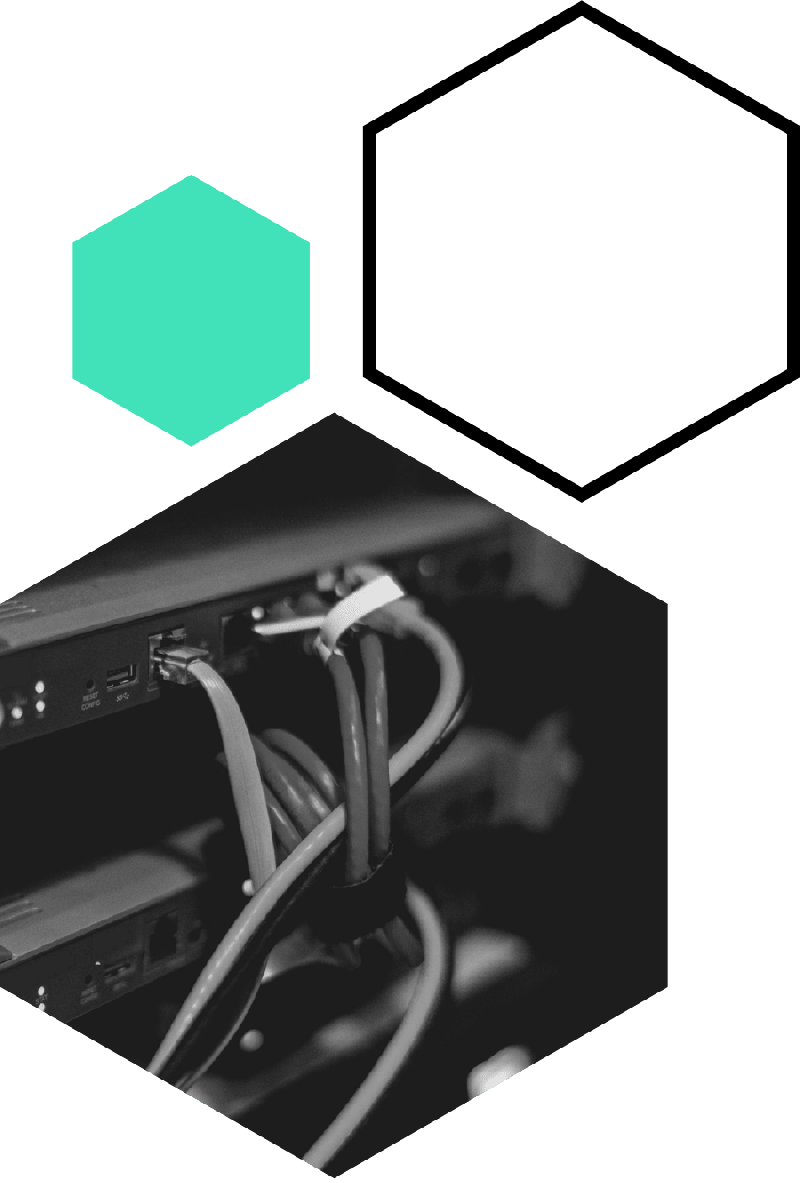Undergraduate Thesis
I began this project in September, 2022 and finished it in April 2023. Read my complete work in my final report. The code for this project can also be found on Colab and Github. Below, I have written a brief introduction to some of the core ideas underpinning my work.
An Analogy for Transcription
Imagine that you are RNA Polymerase II and you are out, looking for a place to eat. The restaurant in this analogy represents a special region of DNA that you recognize as viable to bind to and initiate transcription. Biologists call this DNA region the transcriptional start site (TSS). Then the goal of my work is essentially to predict the likelihood of you going to any particular restaurant. Now when you’re out and about, you can’t just go anywhere. Instead, you look for certain attributes, perhaps a high ratings, a level of popularity, or certain cuisine. Similarly, there are a small set of patterns (AKA motifs) in the DNA sequence, known as core promoter elements, which RNA Polymerase II must recognize to bind.
Now let’s say you didn’t go out alone, but instead brought with you a group of friends. Let’s also say that you are getting the bill and will make the final decision where to go. Your friends then represent proteins called transcription factors. Each of your friends has different tastes and perhaps a specific place they want to go. Similarly, each transcription factor has one relatively specific DNA pattern they seek to bind to. In the decision making process, the interaction of your friends with restaurants plays a significant role in decision making. For instance, if your friends have gone to a particular restaurant before, they can say whether it was good or bad. Now, Biologists identify the action of transcription factors as the primary mechanism determining gene expression, so the role that friends play in this analogy is critical.
Imagine we are marketing managers and can run millions of experiments of this decision making process with 20,000 potential restaurants and 17,000 sets of friends, in each experiment measuring whether you all go there to eat. In theory, with this data, we should be able to get a very good idea of the equation governing transcription, and machine learning techniques offer the perfect tool to approximate this equation effectively.

What is Transcription
Transcription is the first step that occurs in the production of proteins in the nucleus of every cell of your body. In this step, a large, complex molecule called RNA Polymerase II binds to your DNA sequence and, using it as a template, produces a string of mRNA. In the next step, called translation, this mRNA sequence is translated by ribosomes into a chain of amino acids, according to the genetic code.
